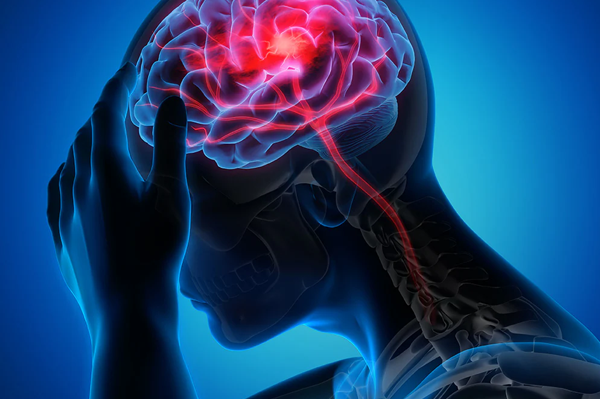Stroke

A stroke occurs when the blood supply to a part of the brain is interrupted or reduced, depriving brain tissue of oxygen and nutrients. It is a medical emergency requiring immediate attention.
Causes
- Ischemic stroke: Caused by blood clots or fatty deposits blocking blood flow in the brain’s arteries.
- Hemorrhagic stroke: Occurs when a blood vessel in the brain bursts due to high blood pressure, aneurysms, or head injuries.
- Transient Ischemic Attack (TIA): A temporary blockage often called a “mini-stroke.”
Risk factors include hypertension, diabetes, smoking, high cholesterol, obesity, atrial fibrillation, and a sedentary lifestyle.
Symptoms
- Sudden numbness or weakness in the face, arm, or leg, especially on one side of the body.
- Confusion, trouble speaking, or understanding speech.
- Difficulty seeing in one or both eyes.
- Severe headache without a known cause.
- Dizziness, loss of balance, or coordination.
Treatment
Ischemic Stroke and TIA:
- Clot-dissolving drugs: Tissue plasminogen activator (tPA) is most effective within 3-4.5 hours of symptom onset.
- Mechanical thrombectomy: Physical removal of the clot using a catheter.
- Medications: Antiplatelets (aspirin) and anticoagulants (warfarin).
Hemorrhagic Stroke:
- Controlling bleeding and reducing pressure in the brain using medications or surgery.
- Surgical options include aneurysm clipping or coiling and decompressive craniotomy.
Rehabilitation
Recovery involves physiotherapy, speech therapy, occupational therapy, and lifestyle modifications. Prevention includes managing risk factors like hypertension, diabetes, and smoking cessation.
